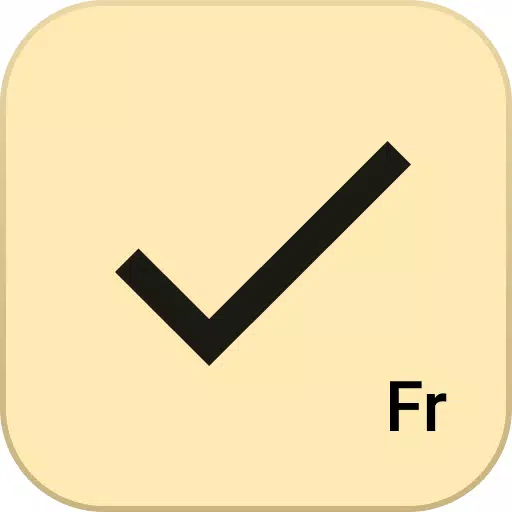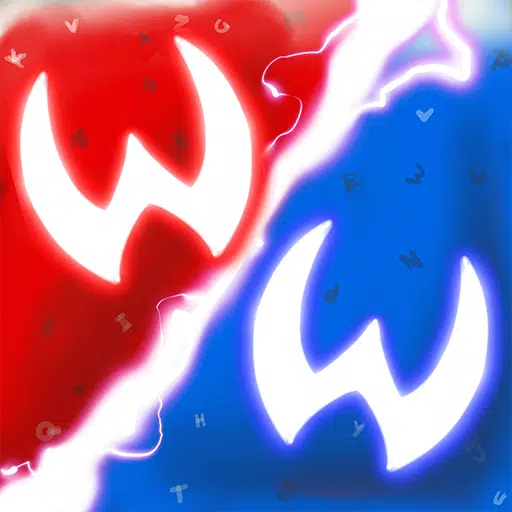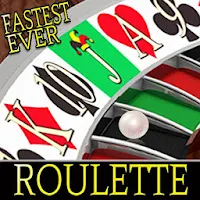"Blades of Fire: Exclusive First Look"
When I sat down to play developer MercurySteam's latest project, Blades of Fire, I anticipated a return to the studio's Castlevania: Lords of Shadow games, infused with the modern stylings of God of War. An hour into the game, I felt like I was navigating a Soulslike, albeit one where weapon stats took precedence over traditional RPG character development. By the end of a three-hour hands-on session, I realized that both of these observations held elements of truth and fiction: Blades of Fire builds on familiar foundations but introduces a unique blend of borrowed and innovative elements, crafting a fresh and intriguing take on the action-adventure genre.
Although not a direct clone of Sony Santa Monica's work, Blades of Fire shares many similarities with the Norse era of Kratos' journey at first glance. The game's dark fantasy setting, powerful strikes, and intimate third-person camera perspective echo God of War. During the demo, I explored a winding, treasure-laden map alongside a young companion who assisted in solving puzzles. Together, we sought out a woman of the wilds living in a house atop a giant creature. The familiarity with FromSoftware's elements, such as anvil-shaped checkpoints that replenish health potions and respawn enemies, can occasionally make the experience feel a bit too derivative.
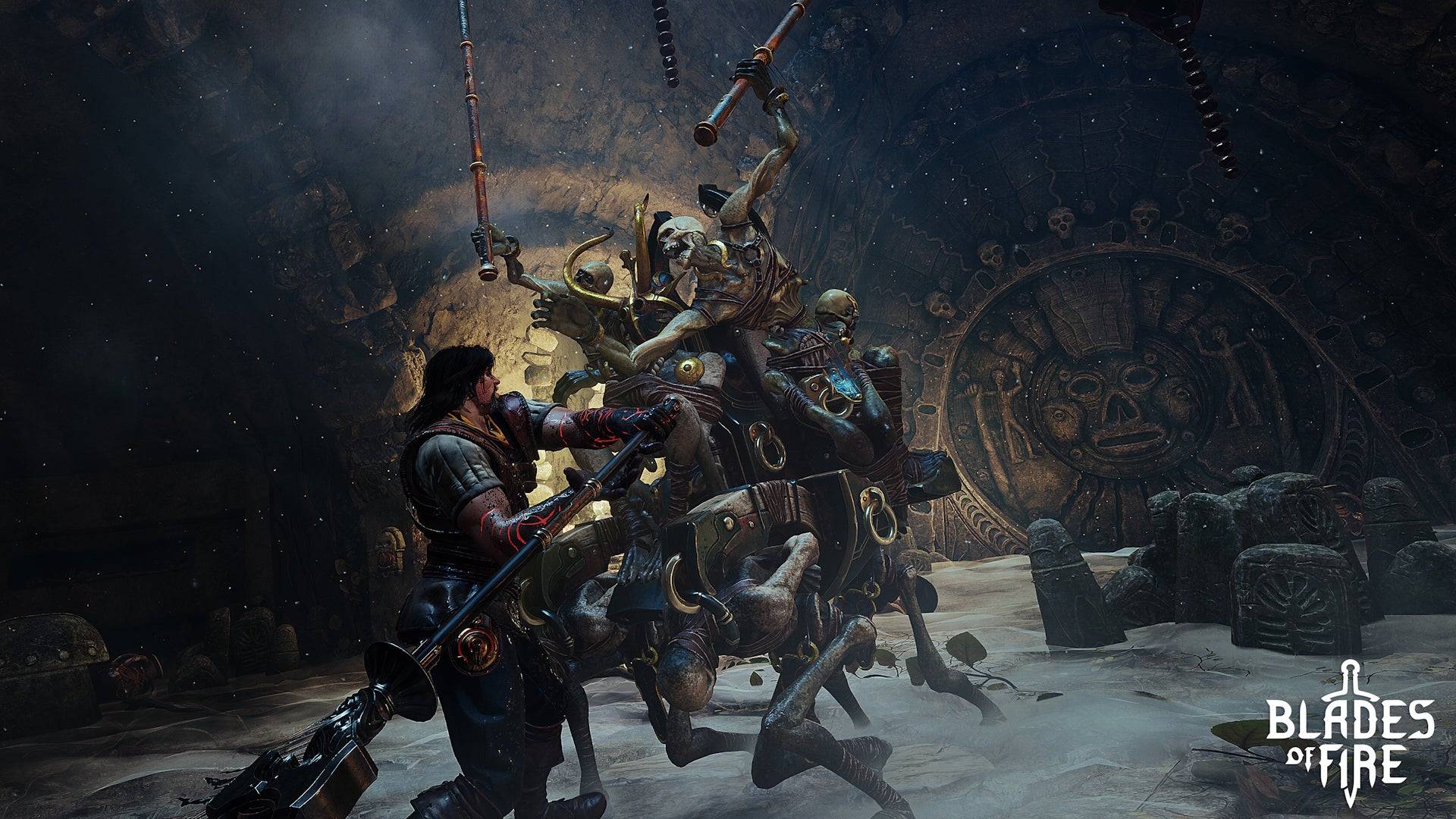 Blades of Fire features some deeply strange enemies that feel like dark cousins of Labyrinth's puppets. | Image credit: MercurySteam / 505 Games
Blades of Fire features some deeply strange enemies that feel like dark cousins of Labyrinth's puppets. | Image credit: MercurySteam / 505 Games
The game's world exudes a distinct 1980s fantasy vibe. You can easily envision Conan the Barbarian fitting in among its muscular soldiers, while orangutan-like enemies bouncing on bamboo pogo sticks wouldn't look out of place in Jim Henson's Labyrinth. The story carries a retro charm; an evil queen has turned steel into stone, and it's up to you, Aran de Lira, a blacksmith demigod, to defeat her and restore the world's metal. However, the narrative, characters, and writing might not hold up as compellingly as the gameplay. It feels overly video game-y, reminiscent of many forgotten Xbox 360-era stories.
Blades of Fire's strongest suit lies in its mechanics. The combat system is rooted in directional attacks that utilize every face button on the controller. On a PlayStation pad, tapping triangle targets the head, cross the torso, while square and circle swipe left and right. By carefully observing an enemy's stance, you can break through their defenses. For example, a soldier protecting their face can be defeated by aiming low and striking their gut. The impact is satisfyingly visceral, with blood erupting from the wounds you inflict.
The system truly shines during encounters like the demo's first major boss, a slobbering troll. It has a secondary health bar that can only be damaged after dismembering the beast. The limb you remove depends on your attack angle, allowing you to disarm the troll by targeting its club-swinging arm or even sever its entire face, leaving it blind and flailing until it regrows its eyes.
Weapons are central to Blades of Fire and demand significant attention. They dull with repeated use, reducing damage incrementally. You'll need to sharpen them with a stone or switch stances, as the edge and tip wear down independently. This mechanic adds a tangible sense of weapon degradation and care. Additionally, every weapon has a durability meter that depletes over time, requiring repairs at anvil checkpoints or melting down for crafting materials.
Blades of Fire's most distinguishing feature is its forge system. Rather than finding new weapons in the world, you craft them from scratch. Starting with a basic template, you can tweak and modify elements like pole length and spearhead shape, affecting stats such as range and piercing capabilities. Different materials influence weight and stamina demands, giving you the sense of genuinely crafting your weapon. You even get to name your creation.
The forging process extends beyond design to a detailed minigame where you hammer the metal on an anvil. You control the length, force, and angle of each strike, aiming to match a curved line on the screen with vertical bars. Overworking the steel weakens the weapon, so precision is key. Your performance earns a star rating, which determines how often you can repair the weapon before it breaks permanently.
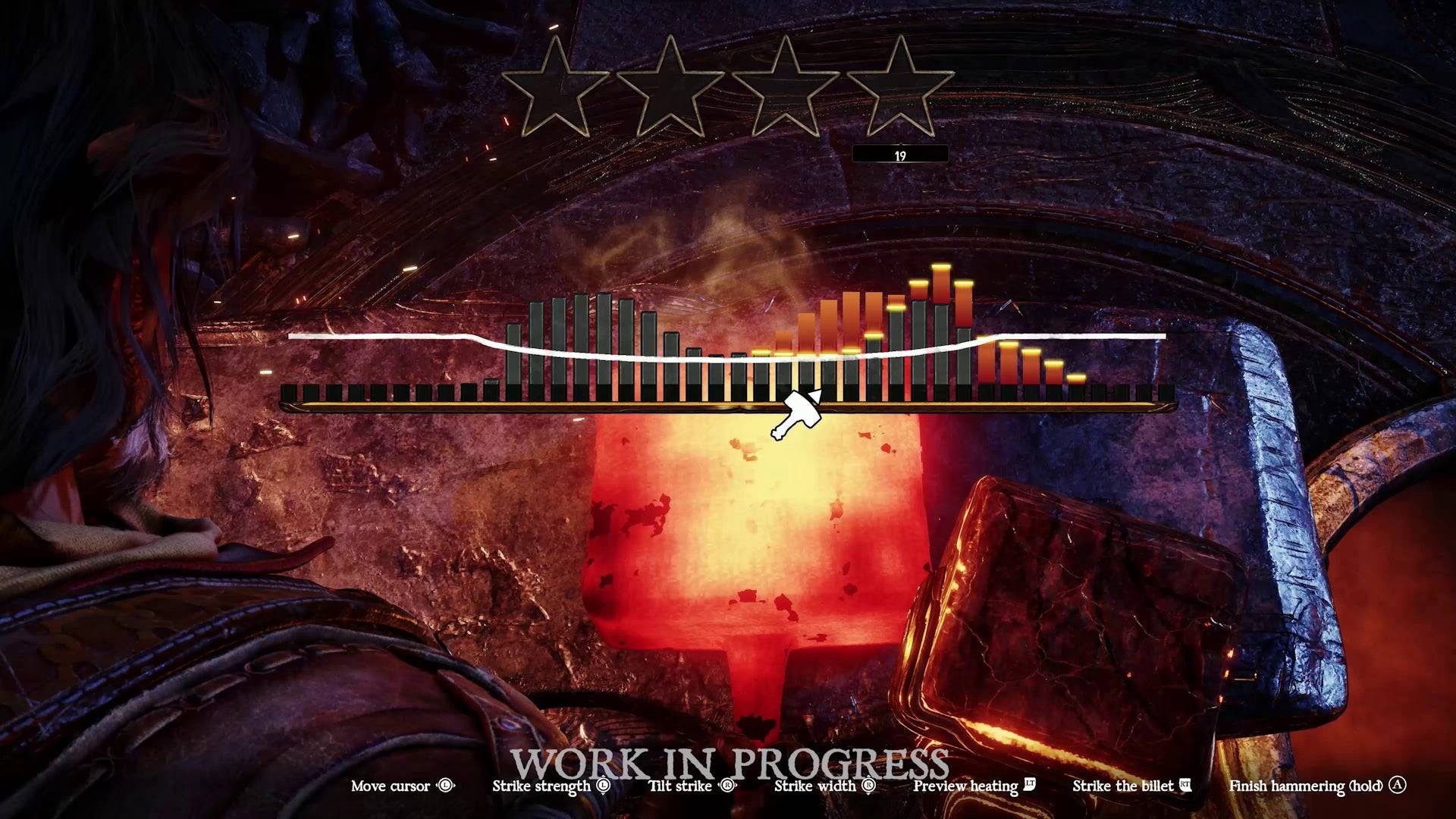 The forging minigame is a great idea that feels a little too obtuse. | Image credit: MercurySteam / 505 Games
The forging minigame is a great idea that feels a little too obtuse. | Image credit: MercurySteam / 505 Games
I appreciate the forge's concept and its introduction of skill to the typically menu-driven crafting system. However, after multiple sessions, I found the minigame confusing. There was no clear connection between my strikes and the resulting metal shape. Hopefully, improvements or better tutorials will be implemented before launch to enhance this intriguing feature.
The forge system extends beyond the demo's scope. MercurySteam aims for players to feel deeply attached to their crafted weapons, carrying them throughout a journey that spans 60-70 hours. As you explore and find new metals, you can reforge and enhance your weapons to meet new challenges. The death system emphasizes this bond; upon defeat, you drop your current weapon and respawn without it, though it remains in the world for you to recover.
MercurySteam's adoption of ideas from Dark Souls is unsurprising, given FromSoftware's impact on action games and Blades of Fire's connection to Blade of Darkness, an early 2000s game developed by MercurySteam's founders and considered a precursor to the Souls series. The developers are revisiting and expanding upon their earlier work while incorporating advancements from other studios.
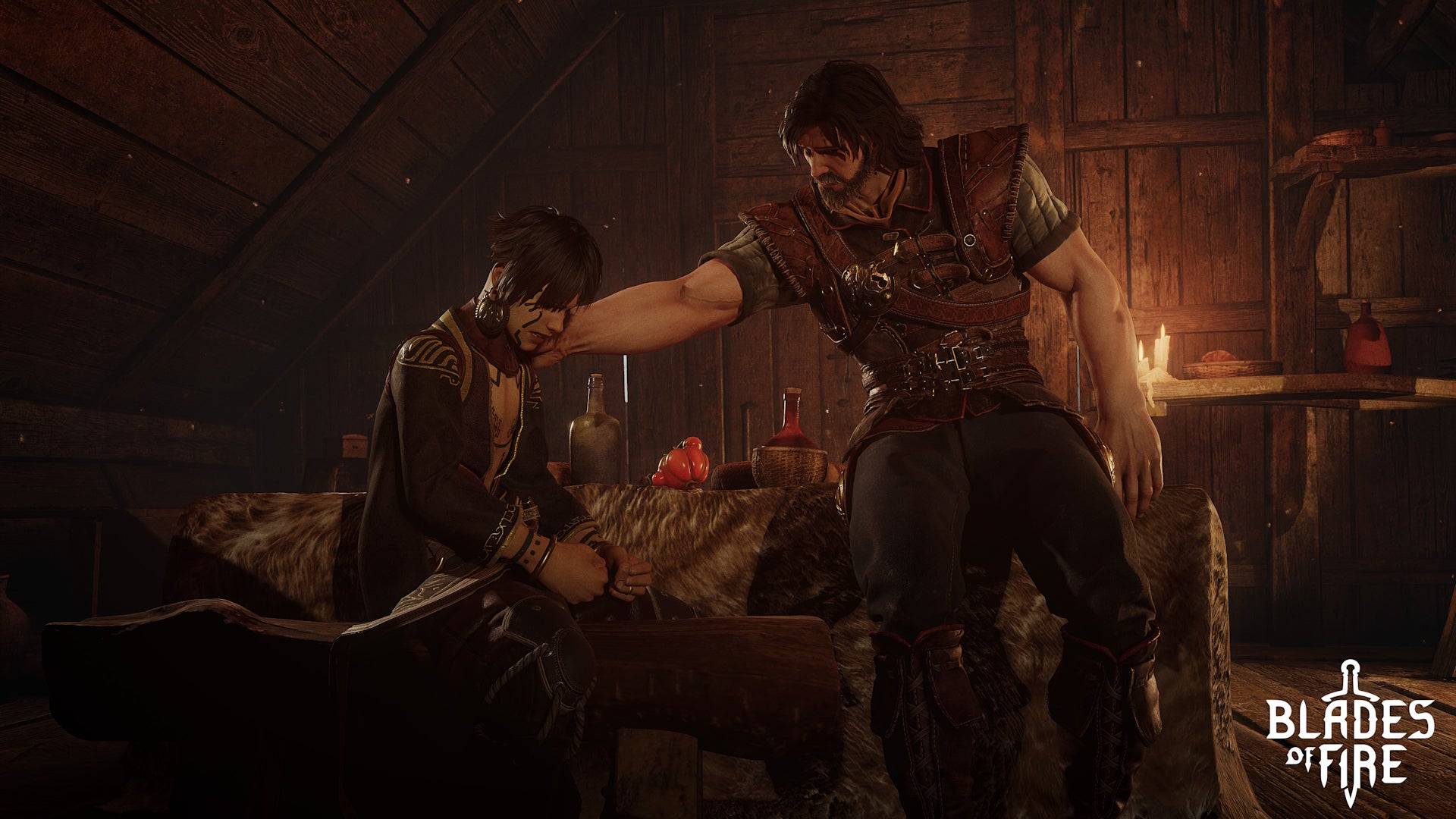 Aran is joined by his young companion, Adso, who can help solve puzzles and comment on the world's lore. | Image credit: MercurySteam / 505 Games
Aran is joined by his young companion, Adso, who can help solve puzzles and comment on the world's lore. | Image credit: MercurySteam / 505 Games
Throughout my playthrough, I felt the pull of MercurySteam's influences – the brutal combat of Blade of Darkness, FromSoftware's innovations, and God of War's world design. Yet, these influences don't define Blades of Fire. Instead, they are reinterpreted as part of a broader canvas of ideas, creating a unique recipe that sets the game apart.
I have some concerns. The generic dark fantasy setting might struggle to support a 60-hour adventure, and encountering the same miniboss multiple times raises questions about variety. However, the deep connection between your forged blades and the enemies you face has me thoroughly intrigued. In an era where complex games like Elden Ring and Monster Hunter have gained mainstream appeal, Blades of Fire has the potential to offer a fascinating contribution to the genre.
Blades of Fire Screenshots
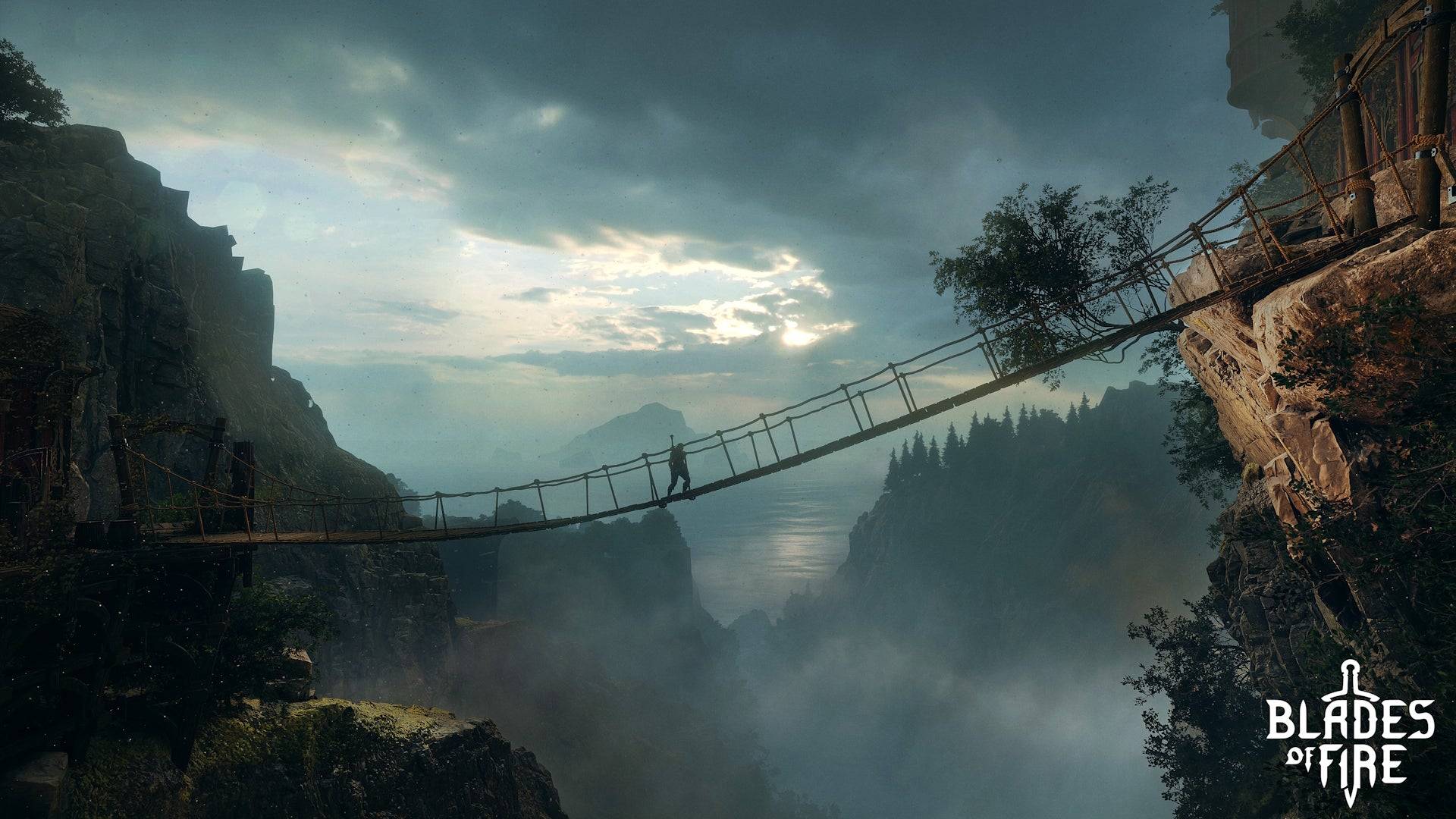
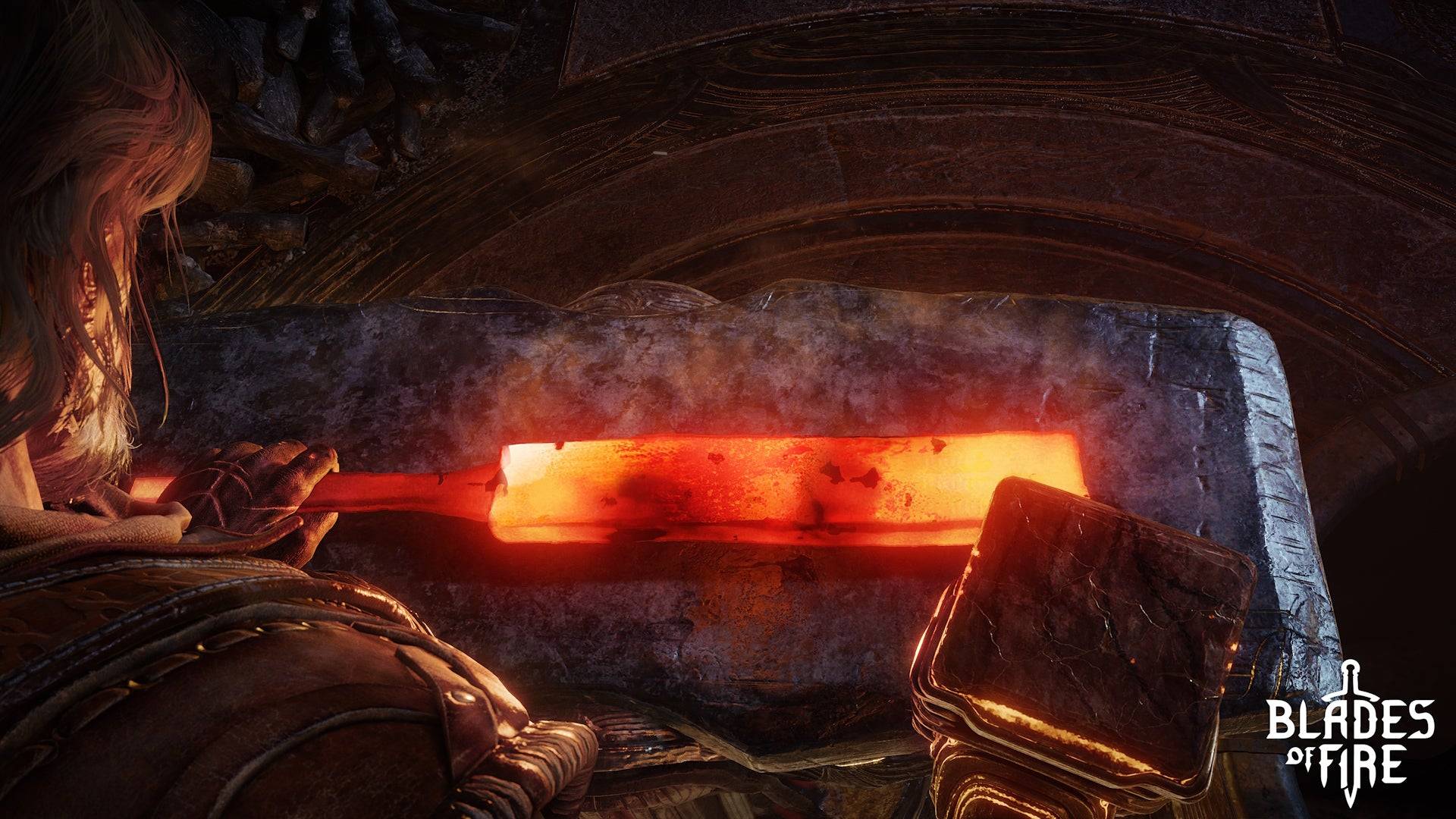 9 Images
9 Images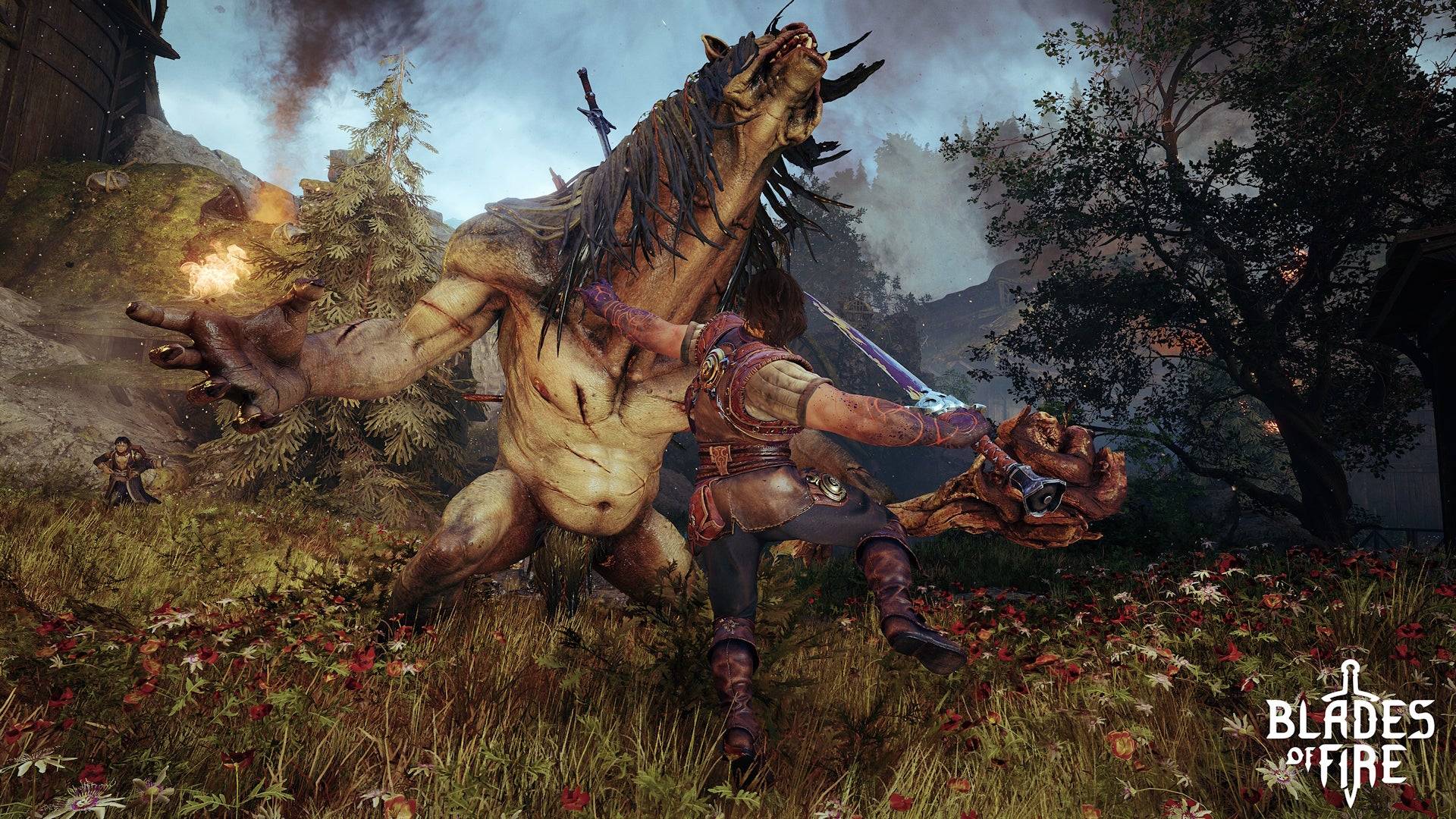
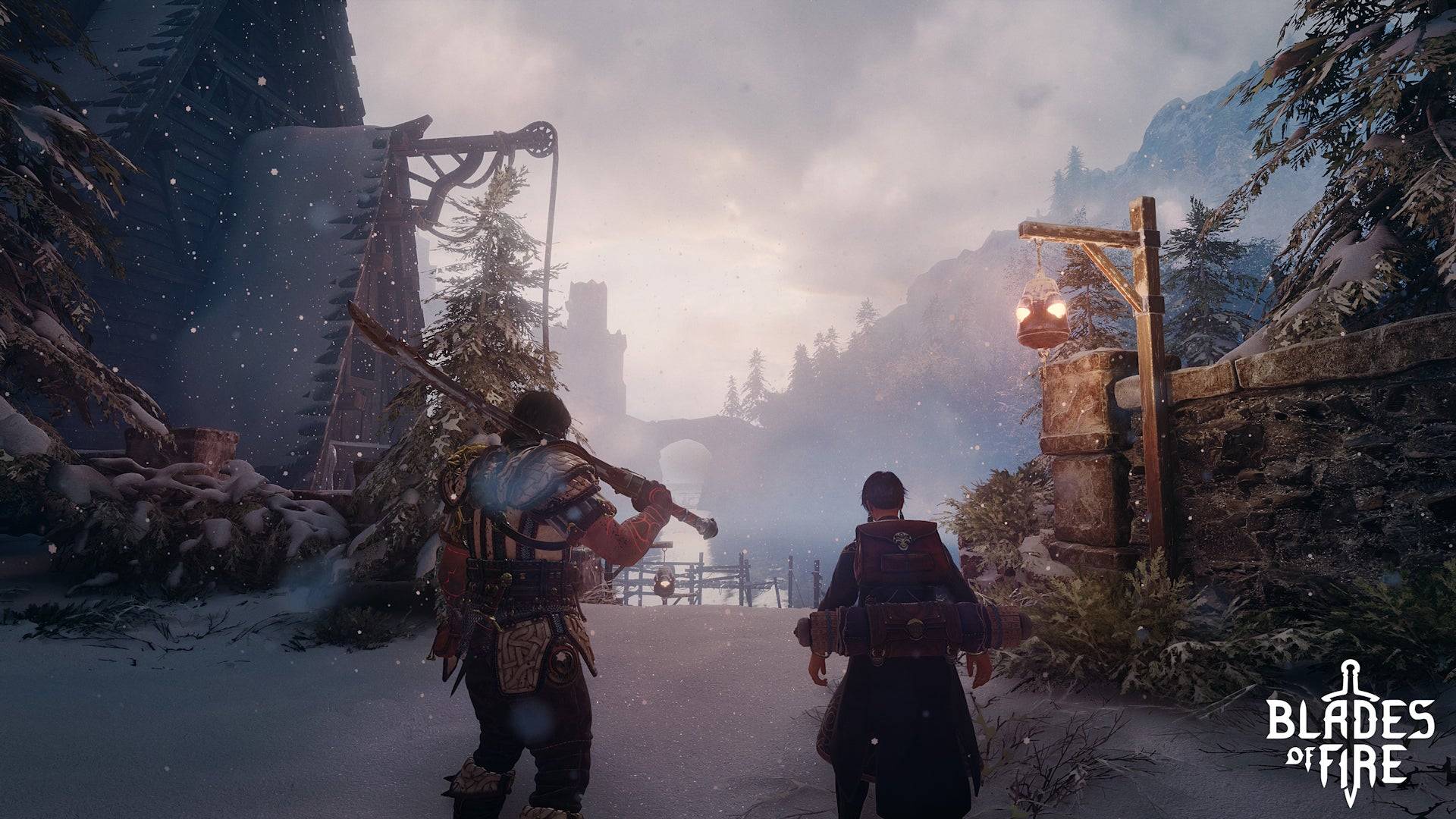
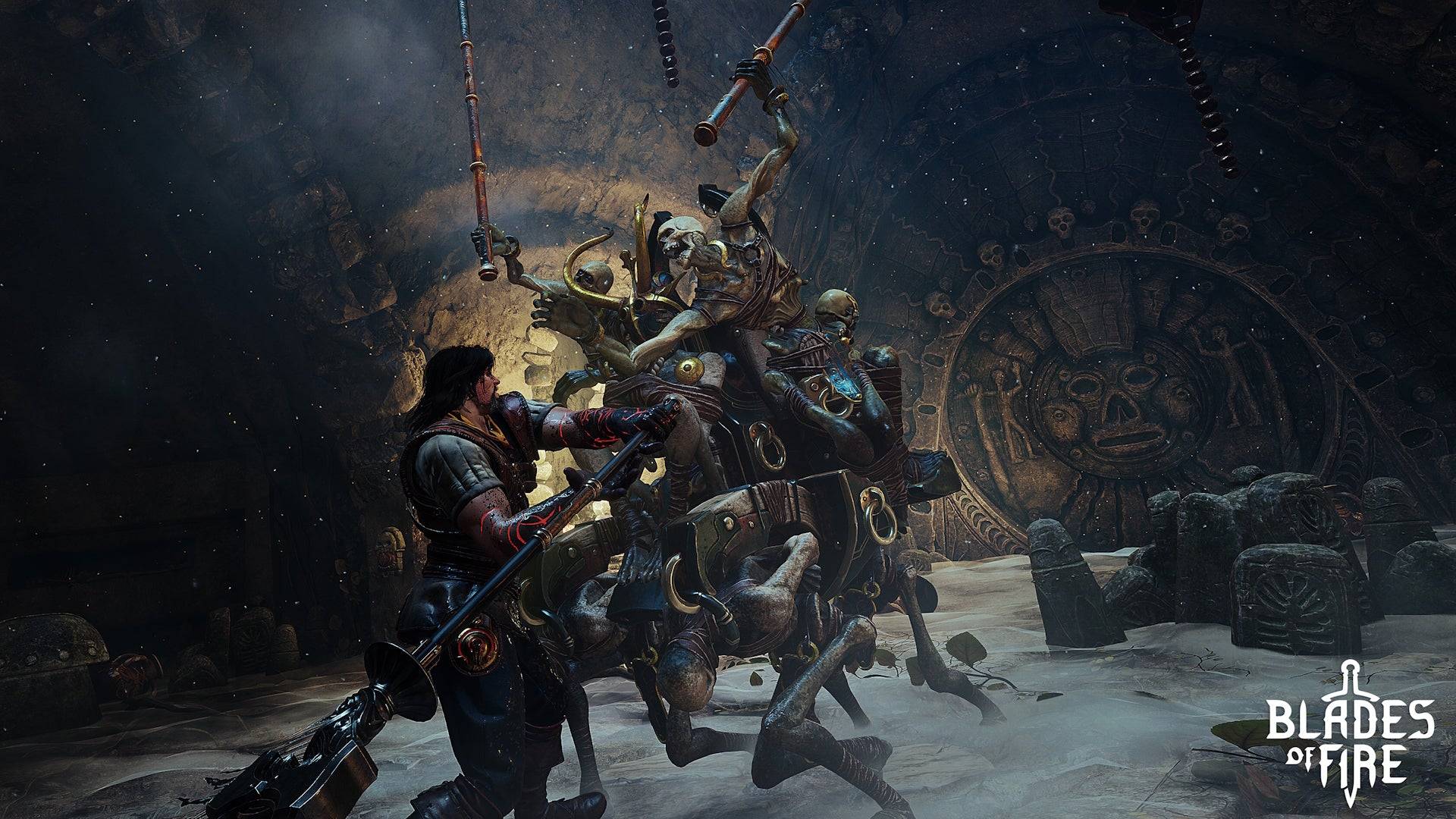
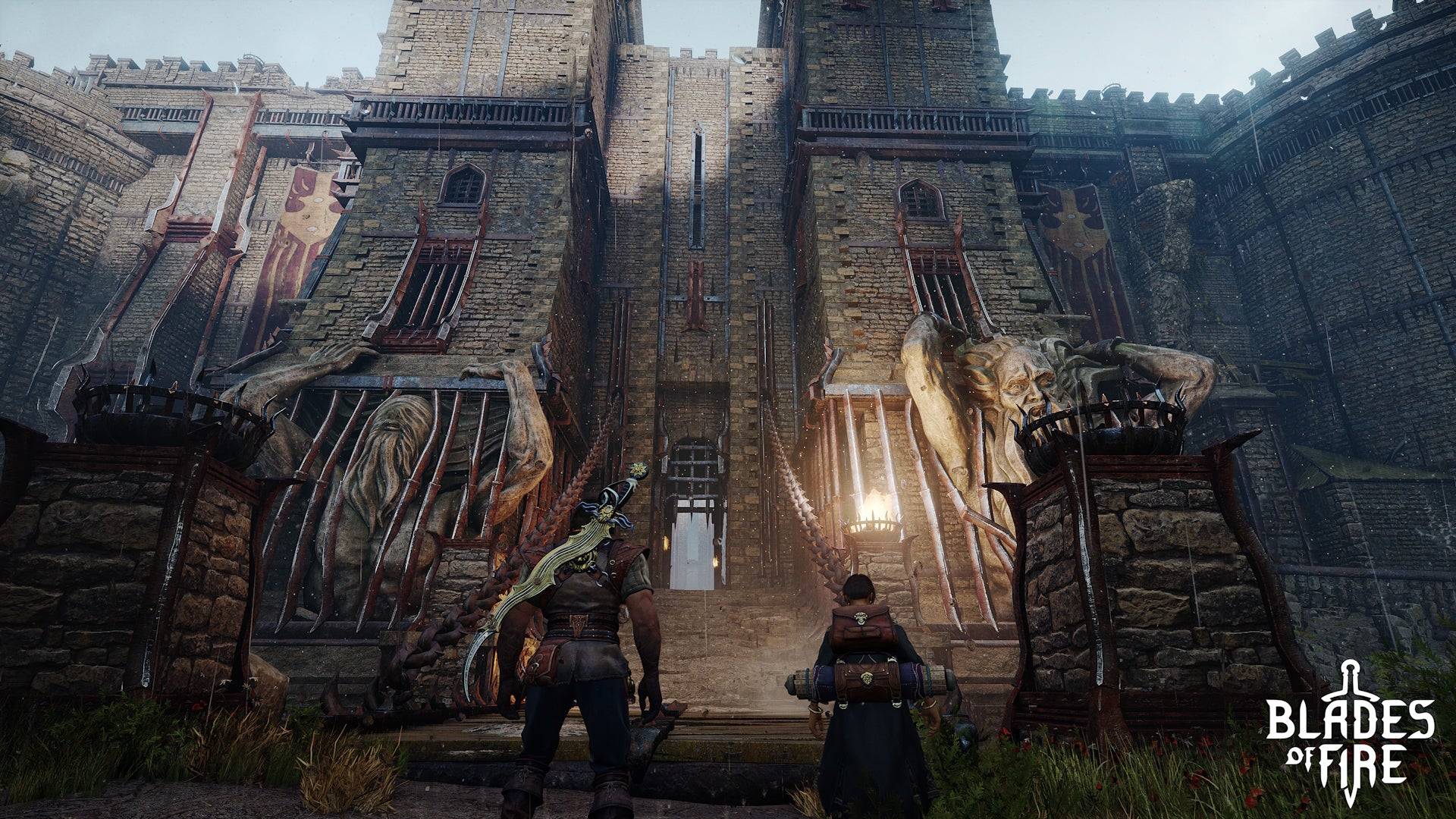
-
1

Every Pokémon Game on the Nintendo Switch in 2025
Feb 25,2025
-
2
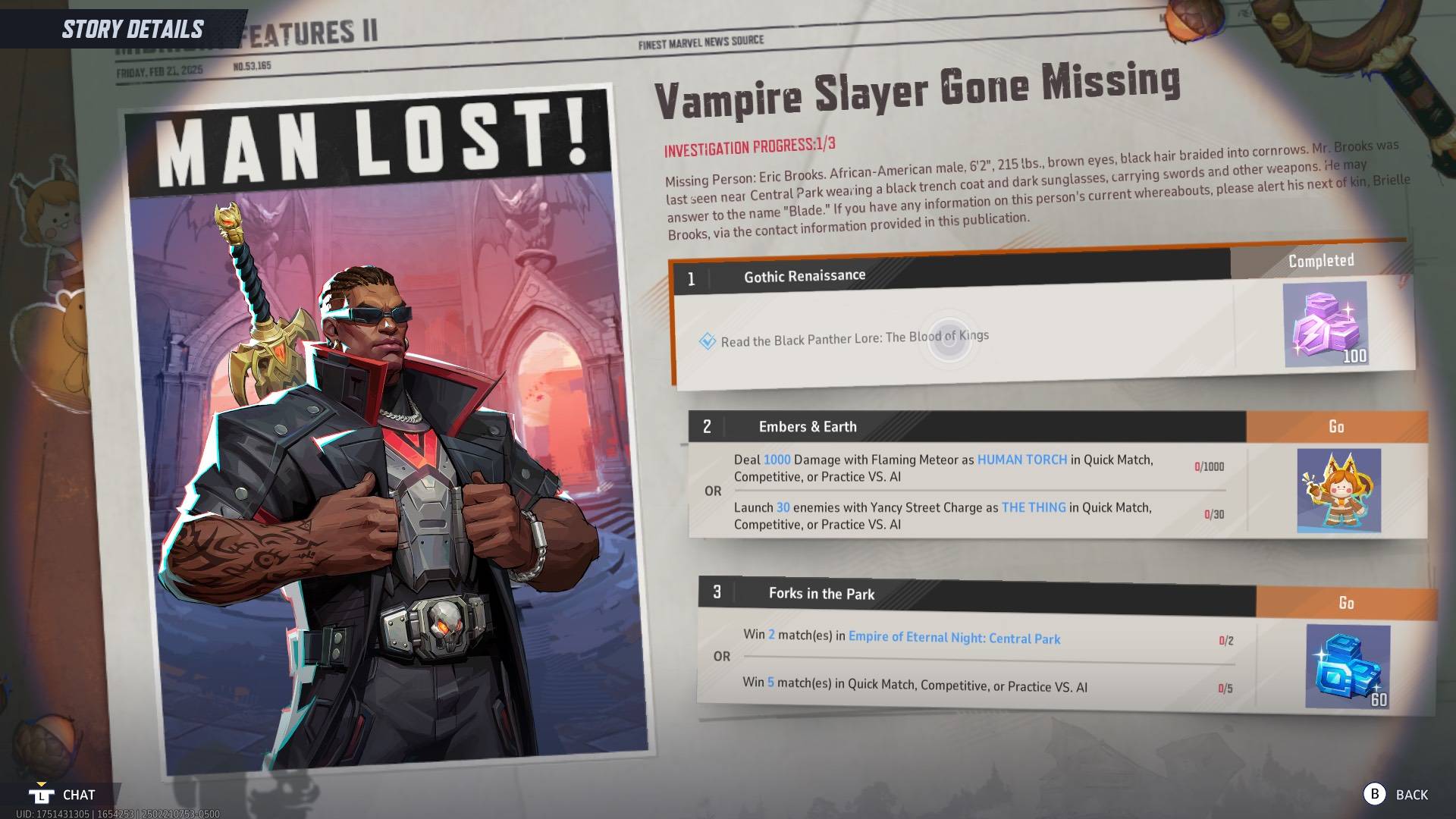
How To Read Black Panther Lore: The Blood of Kings in Marvel Rivals
Mar 01,2025
-
3
![Anime Vanguards Tier List – Best Units For Each Gamemode [UPDATE 3.0]](https://images.gzztb.com/uploads/35/17376012656791b0f12fa1c.jpg)
Anime Vanguards Tier List – Best Units For Each Gamemode [UPDATE 3.0]
Feb 27,2025
-
4
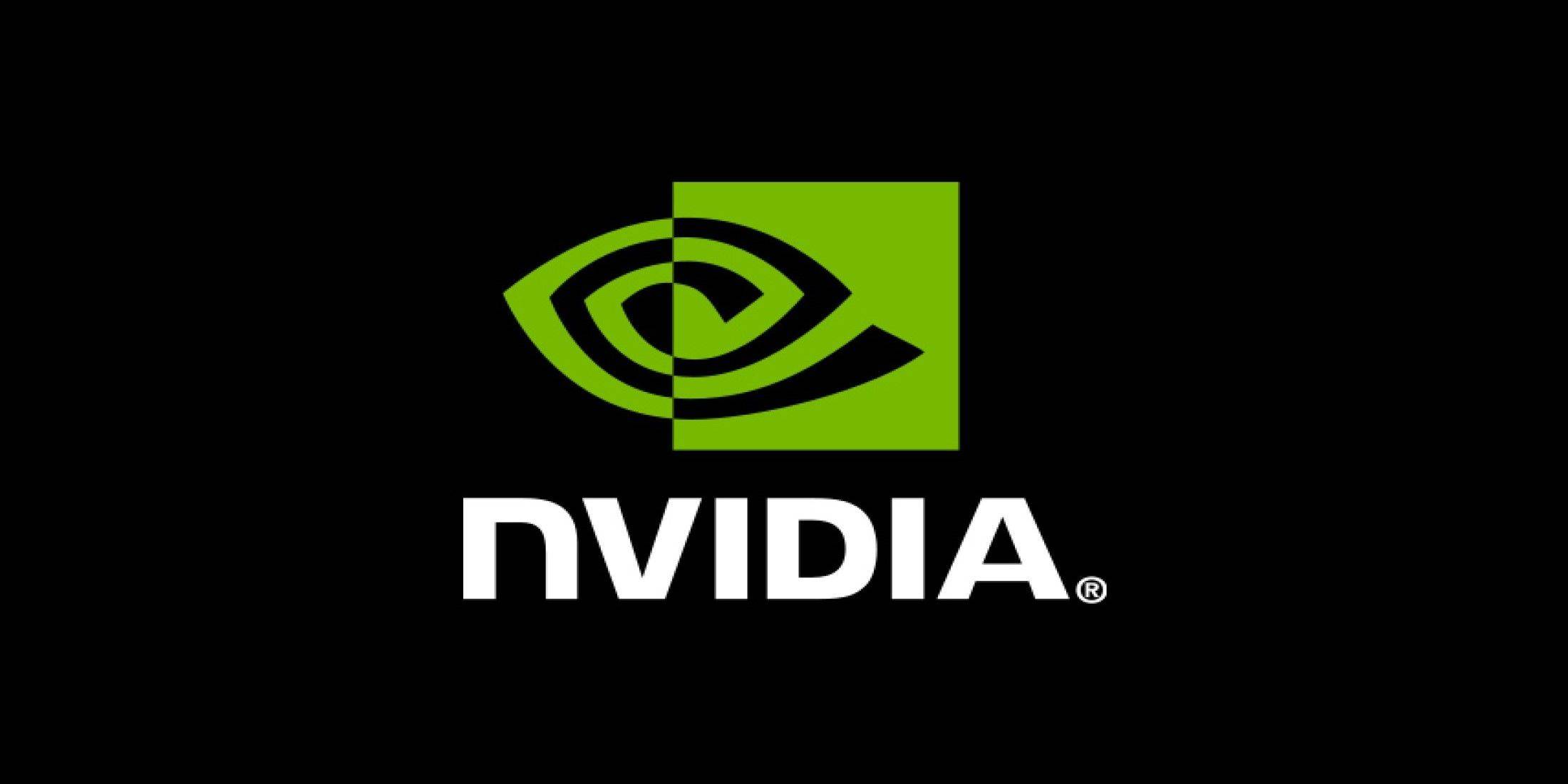
Nvidia RTX 5090 Specs Leak: Rumor Confirmed?
Mar 14,2025
-
5
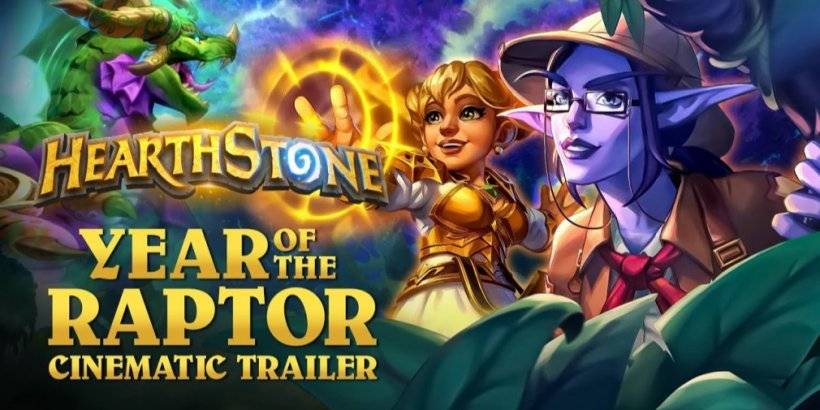
Hearthstone has kicked off the Year of the Raptor with a myriad of new content
Mar 16,2025
-
6
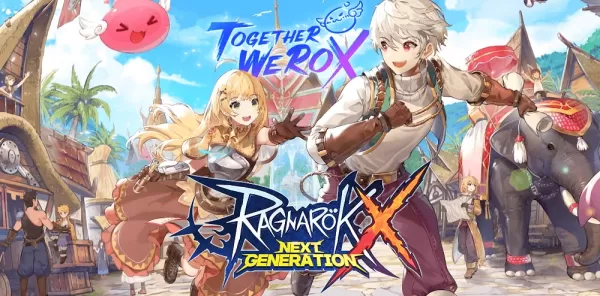
Ragnarok X: Next Gen - Complete Enchantment Guide
May 25,2025
-
7
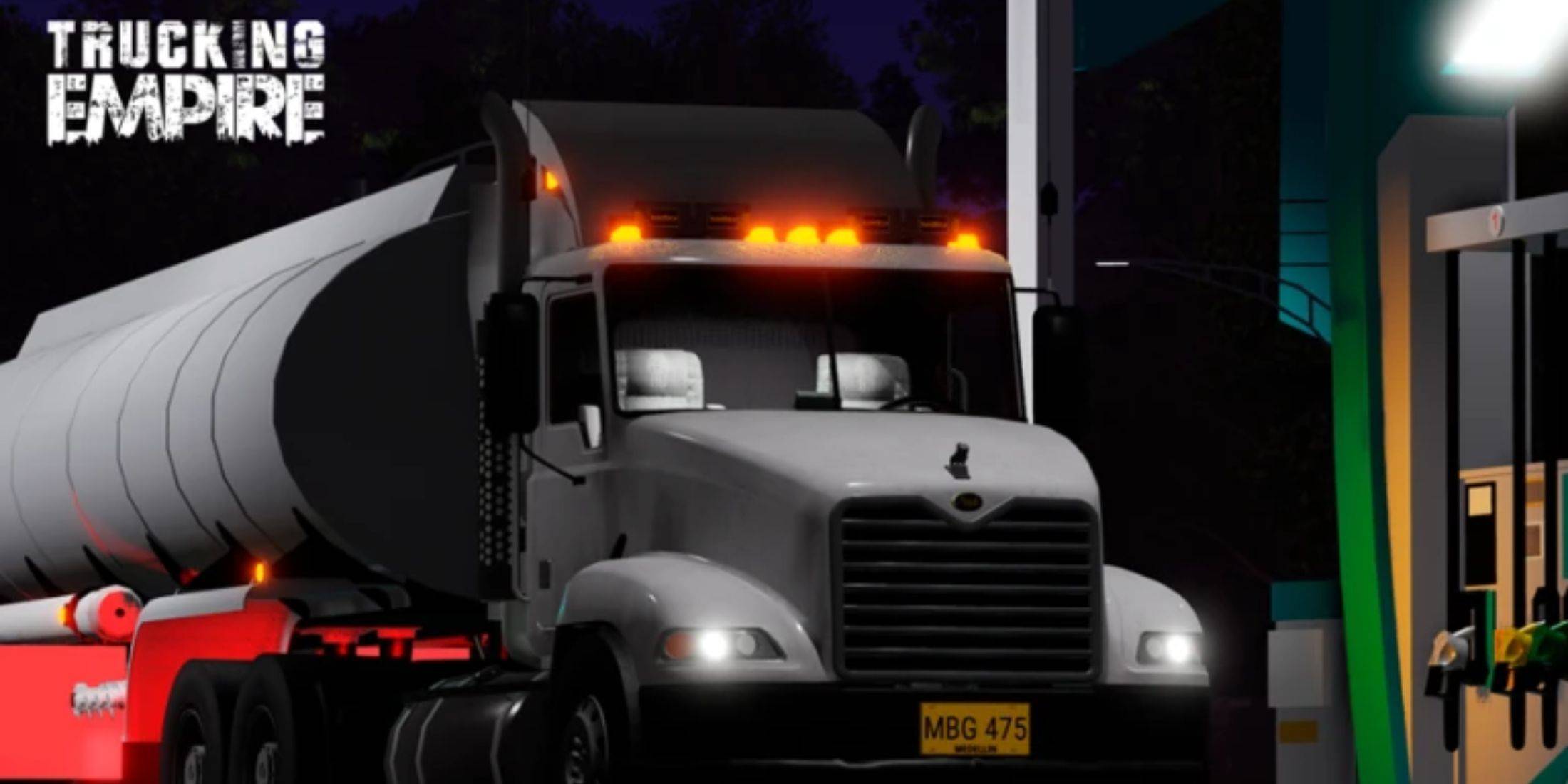
Roblox: Trucking Empire Codes (January 2025)
Mar 05,2025
-
8

McLaren Returns to PUBG Mobile Collaboration
Aug 27,2024
-
9
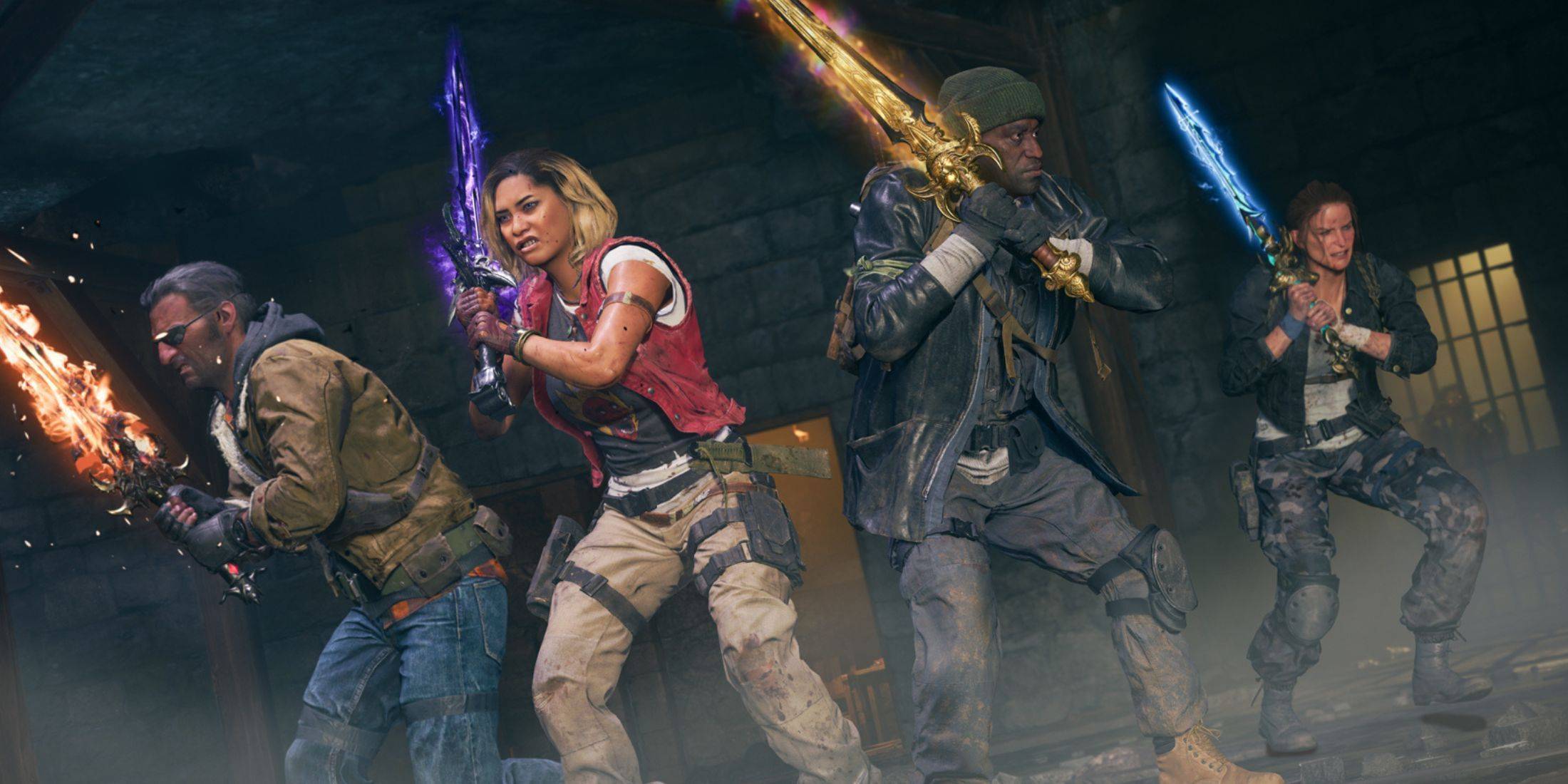
January 15 Is Suddenly a Big Day for Call of Duty: Black Ops 6 Zombies Fans
Feb 20,2025
-
10

Poring Rush, the casual battling spin-off from hit MMORPG Ragnarok Online, is out now
Dec 30,2024
-
Download

DoorDash - Food Delivery
Lifestyle / 59.30M
Update: Apr 23,2025
-
Download

Niramare Quest
Casual / 626.43M
Update: Feb 21,2023
-
Download

The Golden Boy
Casual / 229.00M
Update: Dec 17,2024
-
4
POW
-
5
Gamer Struggles
-
6
Mother's Lesson : Mitsuko
-
7
Poly Pantheon Chapter One V 1.2
-
8
How To Raise A Happy Neet
-
9
Dictator – Rule the World
-
10
Strobe



